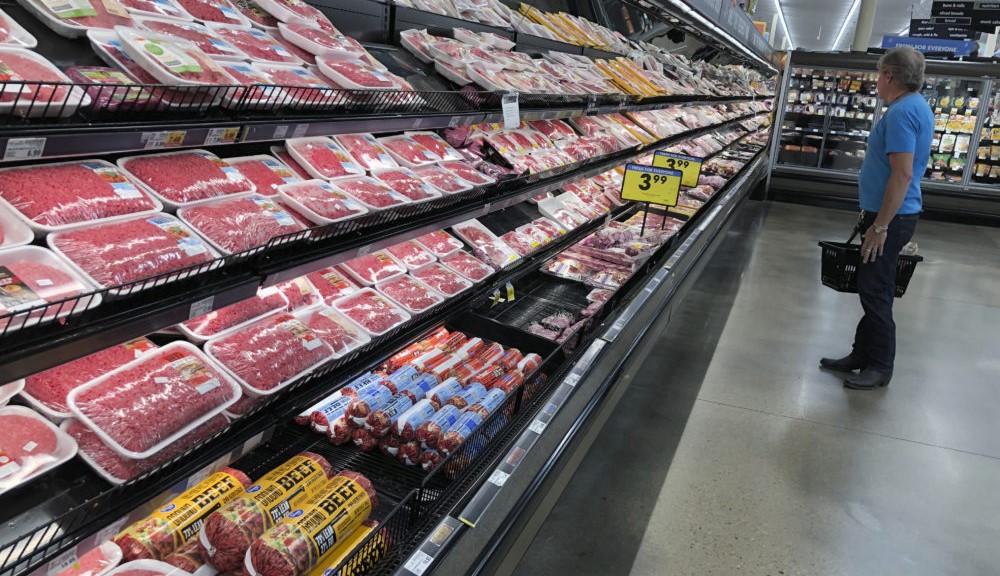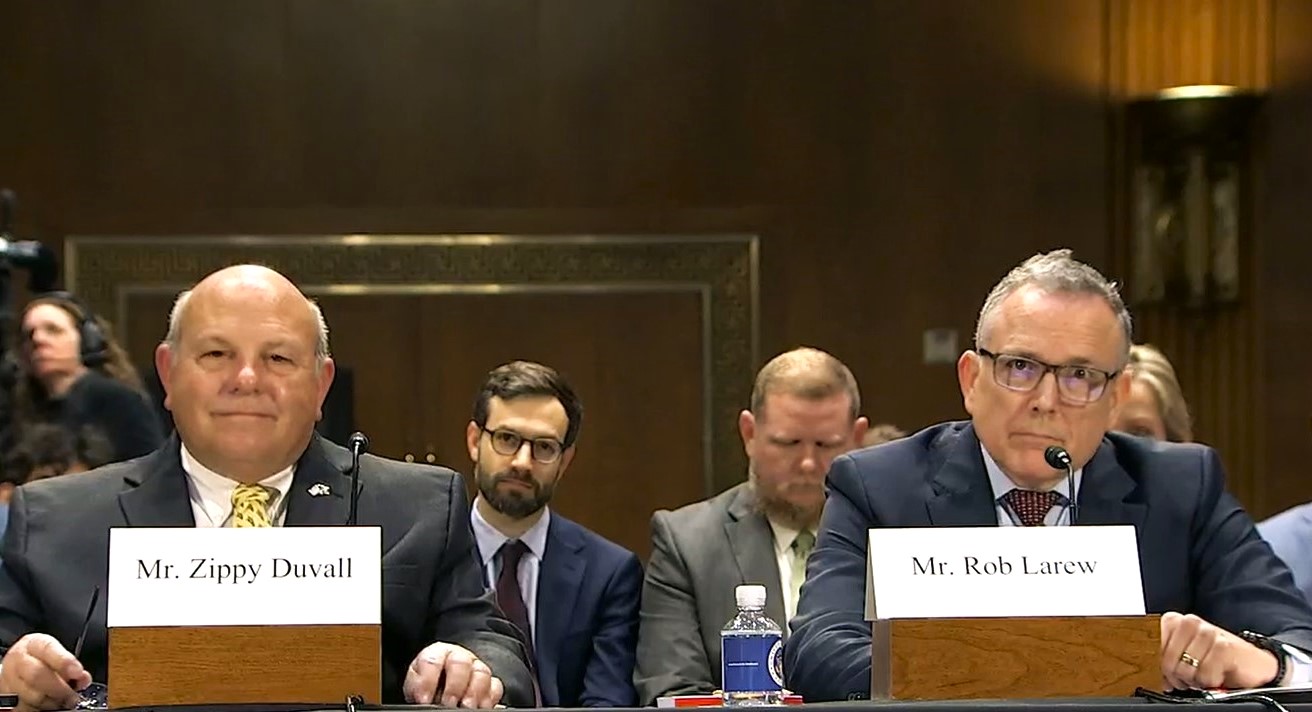STURGIS, S.D. – Recently, the agricultural markets were on a roller coaster due to concerns over bovine influenza A virus (also known as avian influenza in poultry and wild bird populations) affecting cattle, causing significant fluctuations in cattle futures at the Chicago Mercantile Exchange (CME).
Initially, there was panic that the presence of what is called the H5N1 virus in ground beef could lead to a drop in consumer demand. The mood shifted towards relief when the U.S. Department of Agriculture (USDA) confirmed that tests from retail ground beef samples were negative for the virus.
Despite the recovery on Thursday, the market closed lower for the week, with June live cattle futures dropping slightly and August feeder cattle also seeing a decrease.
The USDA has been proactive in ensuring the safety of beef products, conducting additional safety studies and implementing strict testing requirements for dairy cattle moving across state lines.
 All The News On Bovine Influenza A Virus (H5N1) 〉
All The News On Bovine Influenza A Virus (H5N1) 〉
In light of these developments, there have been two case of H5N1 infecting humans who were exposed to symptomatic cattle. This has raised concerns about the virus’s transmission from cattle to humans, although such cases remain rare.
These market movements underscore the challenges and volatility faced by livestock markets in the wake of health scares, and the importance of rigorous safety measures to maintain consumer confidence in meat products.
As the USDA continues its investigation and safety measures, the market looks to stabilize further, keeping the supply chains secure and ensuring public health safety.













